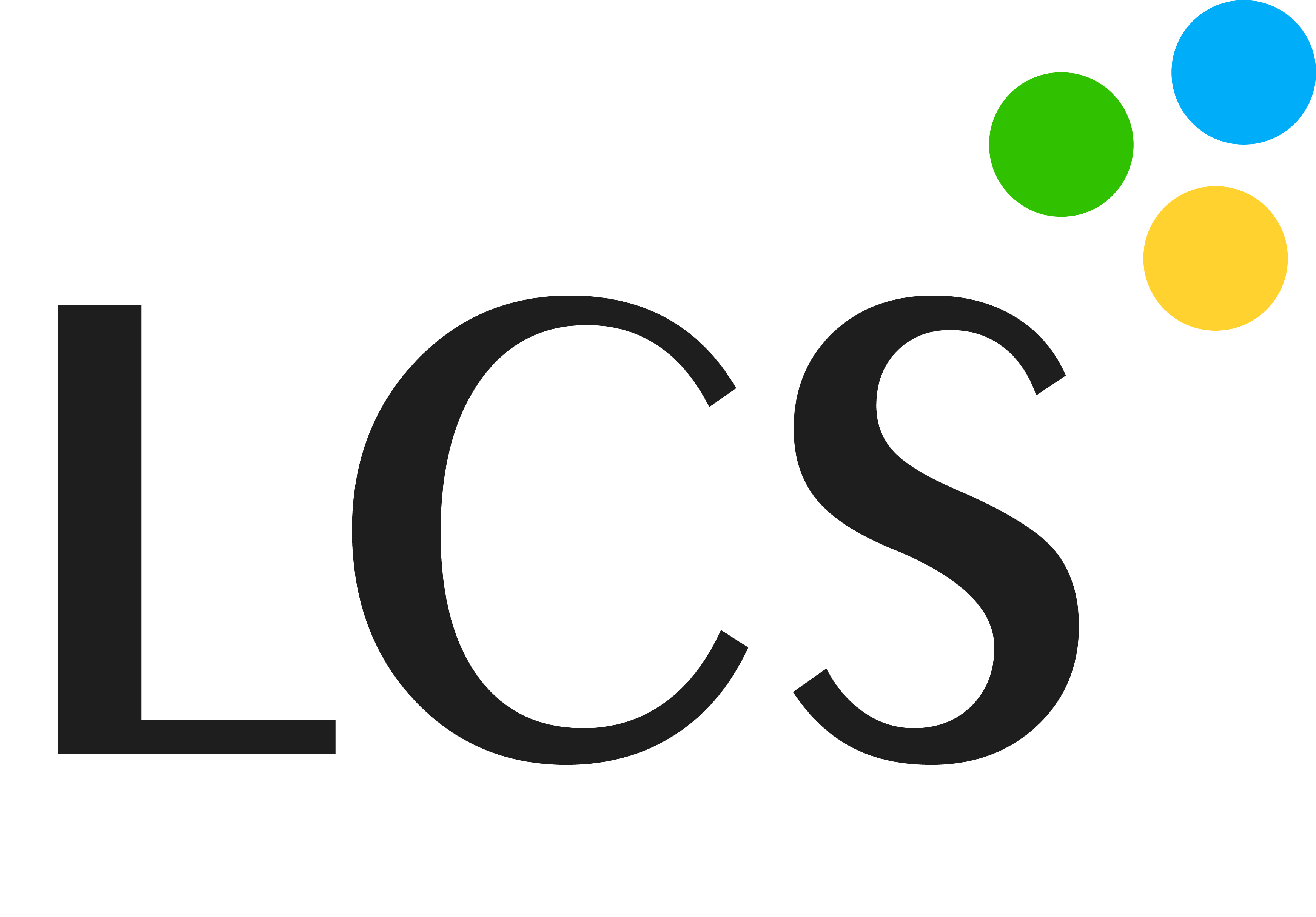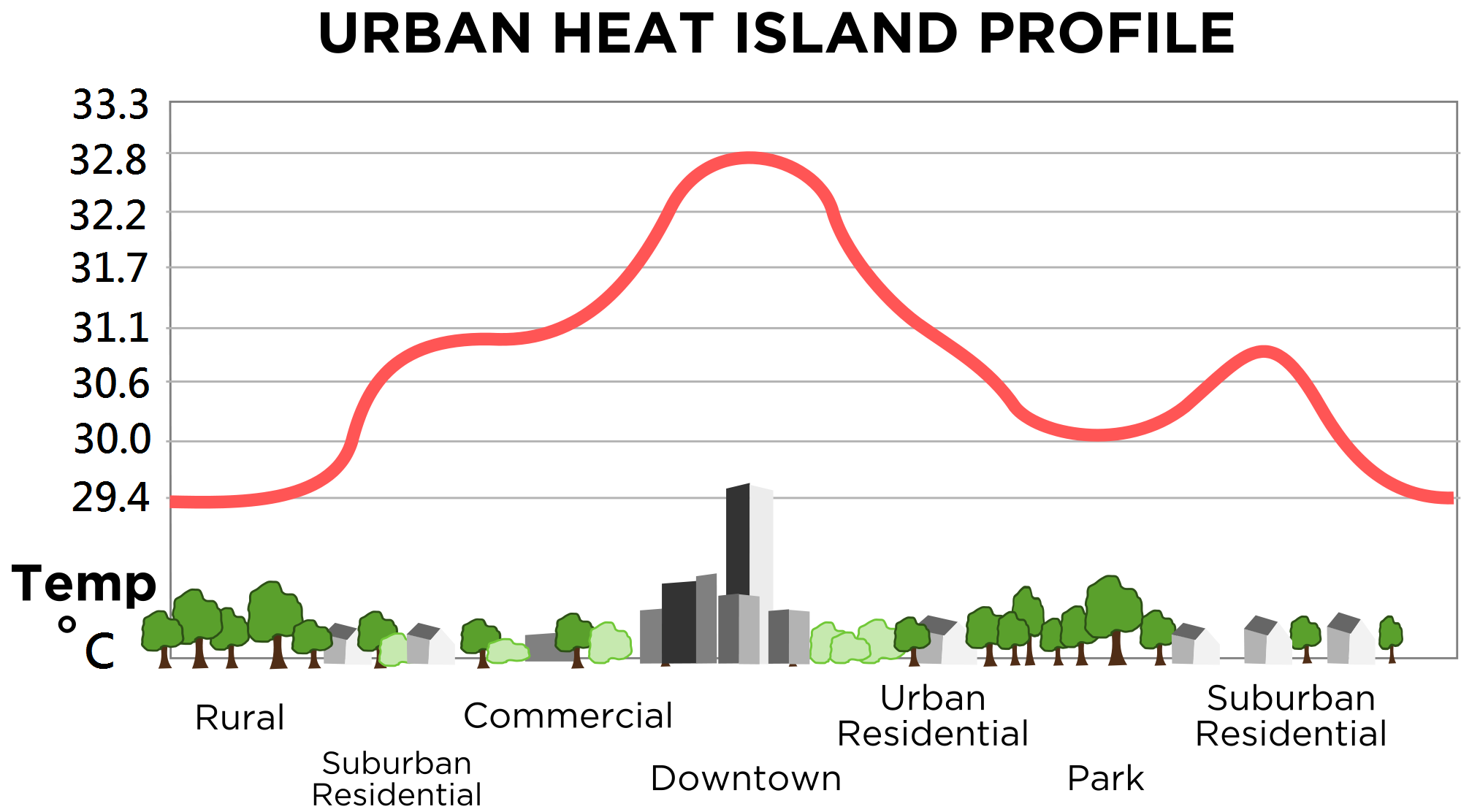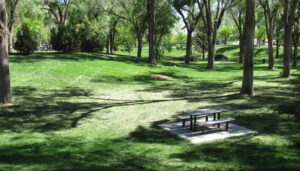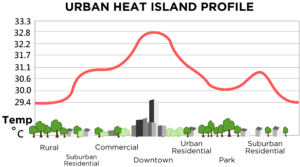By 2050, The United Nations projects that the global population will be 9.7 billion. Rapid population growth and urbanization are two phenomena that go hand in hand. By 2030 alone, it is estimated that over 70% of the global population will live in large cities and demand roughly 80% of the world’s total energy.
In dense urban areas, a variety of factors contribute to what is known as the urban heat island effect, or UHI.
What is an Urban Heat Island?
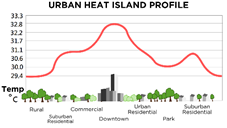
A UHI is defined as a man-made area which has distinctly higher temperatures than its surrounding rural areas.
These temperature discrepancies are caused by physical changes made to the form and composition of the land surface and atmosphere in a specific area. Urbanization replaces the vegetation and rich soil in natural surfaces with construction which is non-reflective and water-resistant. This causes heat to become trapped in cities and disrupts the evapotranspiration process which prevents the air from cooling.
As a result of the altered radiative, aerodynamic, thermal, and moisture retaining properties of the surface and atmosphere, urban areas tend to absorb and store more heat energy making them significantly hotter.
The Impacts of an Urban Heat Island
The UHI effect can cause cities to have temperature differences of several degrees higher than their surrounding area which has numerous negative impacts. These include:
- Increased heat waves
- Increased energy consumption (i.e. from cooling, such as air conditioners and refrigerators)
- Increased air pollutants and compromised air quality
- Elevated greenhouse gas emissions
- Compromised water quality
- A rise in heat related fatalities and illnesses including heat stroke, heat exhaustion, and a variety of respiratory and lung diseases
How to Mitigate the Effects of a UHI
To offset the harmful impacts of the UHI effect, here are a few things you can do:
- Increase vegetation – plant more trees and plants to provide more shade, reduce surface and atmospheric temperatures, reduce energy bills, and improve air quality.
- Increase the albedo effect of your city – this involves increasing the reflecting power of surfaces by using white or lighter colored paints for rooftops, pavements, etc.
- Install green roofs – a rooftop garden can help to remove excess heat from the atmosphere, reduce roof temperatures, and make your home cooler.
- Use energy efficient appliances at home – this is not only good for the environment, it’ll also reduce your energy costs.
Sources
http://solidiatech.com/sustainability/challenges/population-growth-and-urbanization/
http://www.urbanheatislands.com/
http://thegreencity.com/the-causes-and-effects-of-the-urban-heat-island-effect/
http://nationalgeographic.org/encyclopedia/urban-heat-island/
